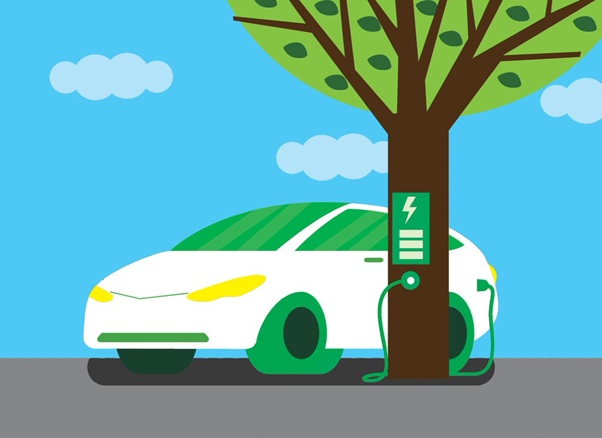Summary
- Electric vehicles (EVs) have witnessed a ground-breaking journey in the past one year.
- The need for green energy coupled with technological advancements have steered the EV revolution.
- The battery metal production process poses serious environmental risks, thus raising questions on the concept of EVs being green and clean.
The EV industry has gained significant traction over the last one year. The need for clean and green energy along with strict greenhouse emission guidelines across major economies including Europe, China and the US have dramatically boosted the demand for EVs.
Despite the restrictions imposed in the wake of coronavirus pandemic last year, which severely hit almost every sector, the EV space emerged to be COVID-immune, registering record performance during the second half of 2020.

Copyright © 2021 Kalkine Media Pty Ltd
Must Read: Hot EV Stocks: How have they fared in the past year?
What Fuelled the EV Revolution?
With the global rush to cut greenhouse emissions and achieve carbon neutrality by 2050, almost every nation is working towards the common goal of addressing environmental issues.
The ongoing green buzz and technological advancements, in the wake of lithium-ion batteries (libs), which equip EVs with extra mileage and power, have shifted the gears of the EV revolution.

Source: © Malpetr | Megapixl.com
Stringent tailpipe emission guidelines, strong support from government bodies of leading nations coupled with stimulus packages have further stimulated the EV space. Joe Biden’s US$2.3 trillion infrastructure plan comprising US$174 billion for the EV sector is the biggest example of the growing focus on the EV space.
Must Watch: Do You Know Exciting lithium projects geared up to fuel Australia’s EV revolution?
Role of Miners and Automakers:
Given the robust demand of EVs and players like Tesla, NIO and Geely already striking multi-fold earnings, other automakers are also foraying into the EV space, to ride the “EV-Revolution” train and cash in on the opportunities.
A sudden rise in the manufacturing of EVs has created extra pressure on lithium miners, as the silver-white light metal is the main constituent of LIB, which is the heart of an EV.
Good read: The EV race has begun: Why are automakers going electric?
Are EVs Really Eco-Friendly?

Source: © Darko64 | Megapixl.com
The euphoria of EVs has captured the whole world at such a high pace that it didn’t leave much time to verify the authenticity of its claim to be eco-friendly. A typical EV battery uses graphite for the anode and lithium-cobalt for the cathode.
Chile, Bolivia and Argentina account for over 50% of the global lithium resources. Lithium production requires the drilling of holes in salt flats and pumping of brine to the surface using freshwater. According to estimates, nearly 500,000 gallons of water are required for the production of each tonne of lithium. The use of this huge amount of water disturbs the surrounding ecosystem. Additionally, the evaporation ponds also leach toxic substances to the nearby water supply.
Must Watch: Are Upcoming EV Fleets An Answer To Australia’s Rising Carbon Emissions?
Other battery metals including cobalt and nickel are majorly supplied by central Africa and the Democratic Republic of Congo (DRC). Cobalt mining is carried out by artisanal miners in the DRC with unprofessional mining practices. The process also produces airborne particulate matters, containing toxic elements like uranium, which can cause breathing issues and respiratory disorders. Cobalt mining sites also contain sulfur, which is the main cause of acid rains.
As the demand for EVs is growing, concerns around their adverse environmental impacts are also increasing. One of the ways to tackle this issue could be drawing more attention towards sustainable techniques and technologies in the mining space.





